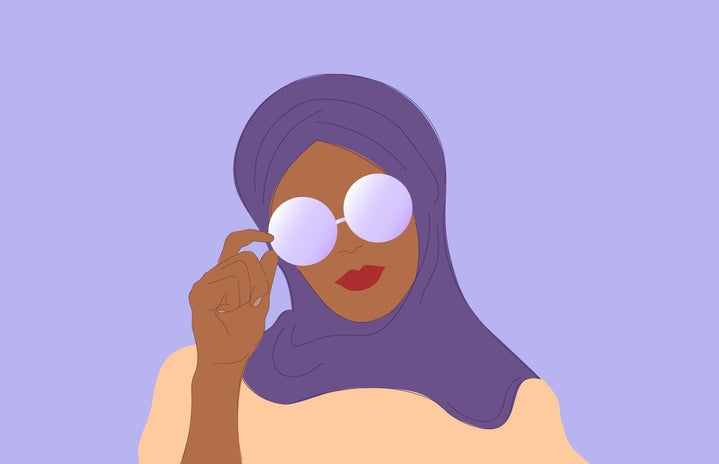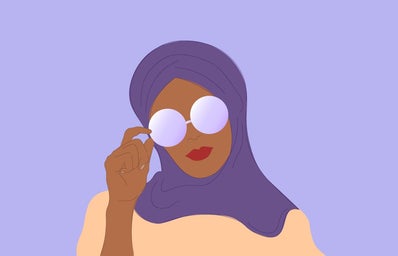“Women’s hair emanates rays that excite men. That’s why women should cover their heads!”
Young Marji heard this announcement in the news getting broadcasted in the television. She wanted to study chemistry in college. But that future seemed bleak because the new government closed the universities down for two years to revise the syllabi. They also banned bilingual schools and co-ed learning. Along with that came the clothing restrictions on men and women alike. This came as an aftermath to the Islamic Revolution in Iran, Marji’s homeland. Women were expected to cover their hair completely with a veil, men were to wear long sleeved shirts. Those who did not conform to the laws were to face unfortunate consequences, especially women.
Cartoonist Marjane ‘Marji’ Satrapi describes her experience eloquently in her autobiographical account called ‘Persepolis’. She talks about her personal life and how the new law affected her and her family. She describes how her mother was once insulted by some men. They threatened to assault her if she did not wear a veil. This is one of the early incidents in Iran of women getting punished and harassed for not dressing ‘appropriately’. Conforming seemed the only option. However, Iranian women choose to protest discreetly, showing some strands of hair under the veil and young Marjane was among the silent protesters.
This happened years ago and unfortunately, things have not changed much. A very sad reminder of this is the case of Mahsa Amini, who was arrested for not wearing her hijab properly and died in custody three days later, at the age of 22. The causes of her death are disputed, the morality police had who arrested her claimed that she had a heart attack which led to her death, while her family accused the police of beating her up and that she succumbed to her injuries. Deeply shocked and upset Iranians have taken to streets, calling for revocation of the oppressive law, cutting their hair in public and chanting ‘women, life, freedom’. Many even are losing their lives for the cause.
On the other hand, not a long while ago in India, High Court in Karnataka banned wearing hijab in educational institutions and we saw women protesting for the right to wear the hijab. Why is it that in one country we see women protesting against the compulsory hijab, while in the other it is the complete opposite? Is the hijab oppressive or is it not? The answer is: it is neither. It is a piece of clothing. The common ground on which the protests in the two countries meet is freedom. Whether Iranian or Indian, the woman demands freedom of choice, to wear or not to wear and robbing them of this right is oppressive.
So why in the name of religion or ethics, are the authorities trying to dictate women’s rights to wear a piece of clothing? Why is the government of any nation forcing women to cover up themselves? Some may argue that women reject religious values once they get ‘too educated’. But many well educated and progressive women wear hijab by choice, a famous example is Malala Yousafzai. So why not let the women decide it for themselves and let the true value of religious beliefs and customs be realised with the freedom of choice!


